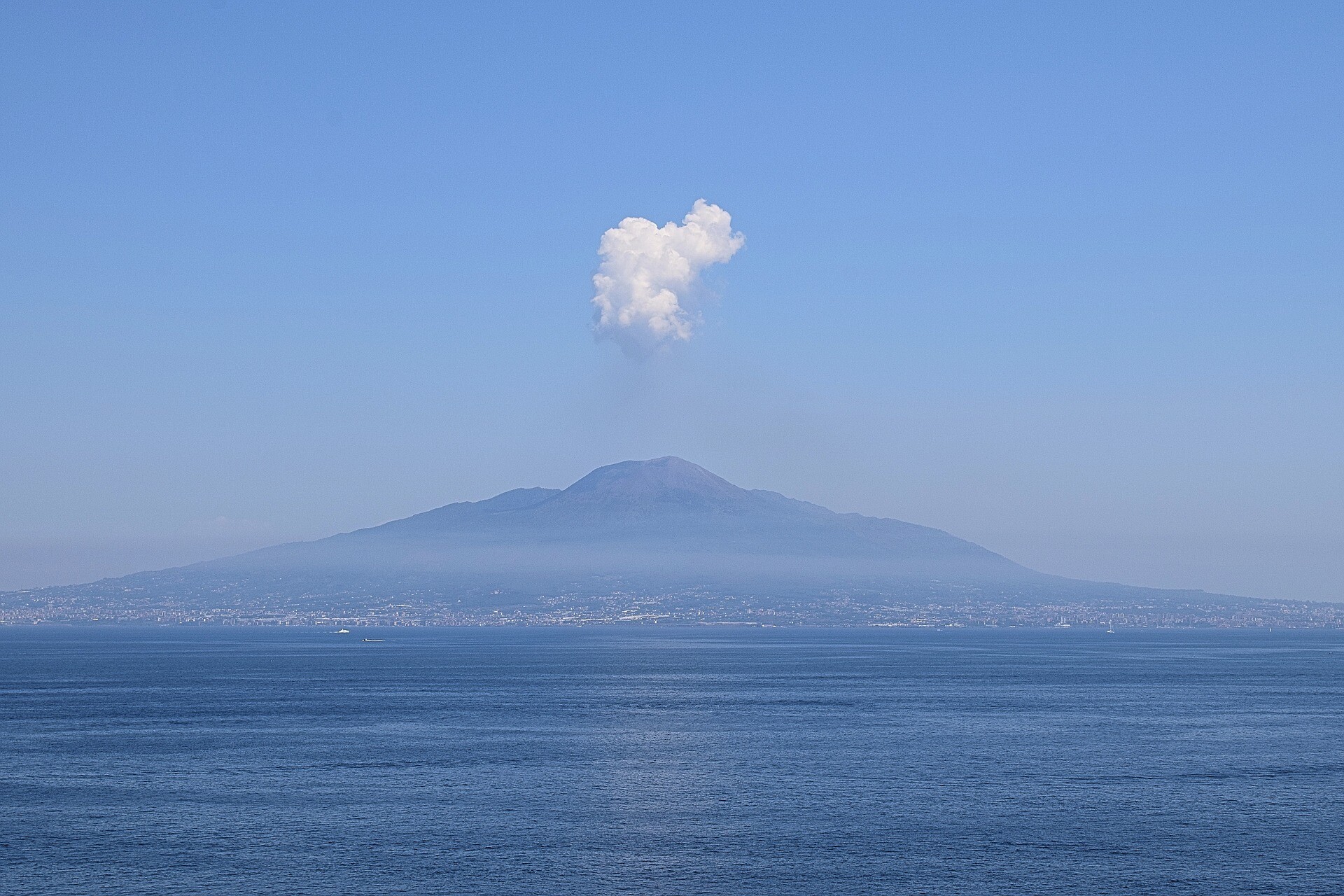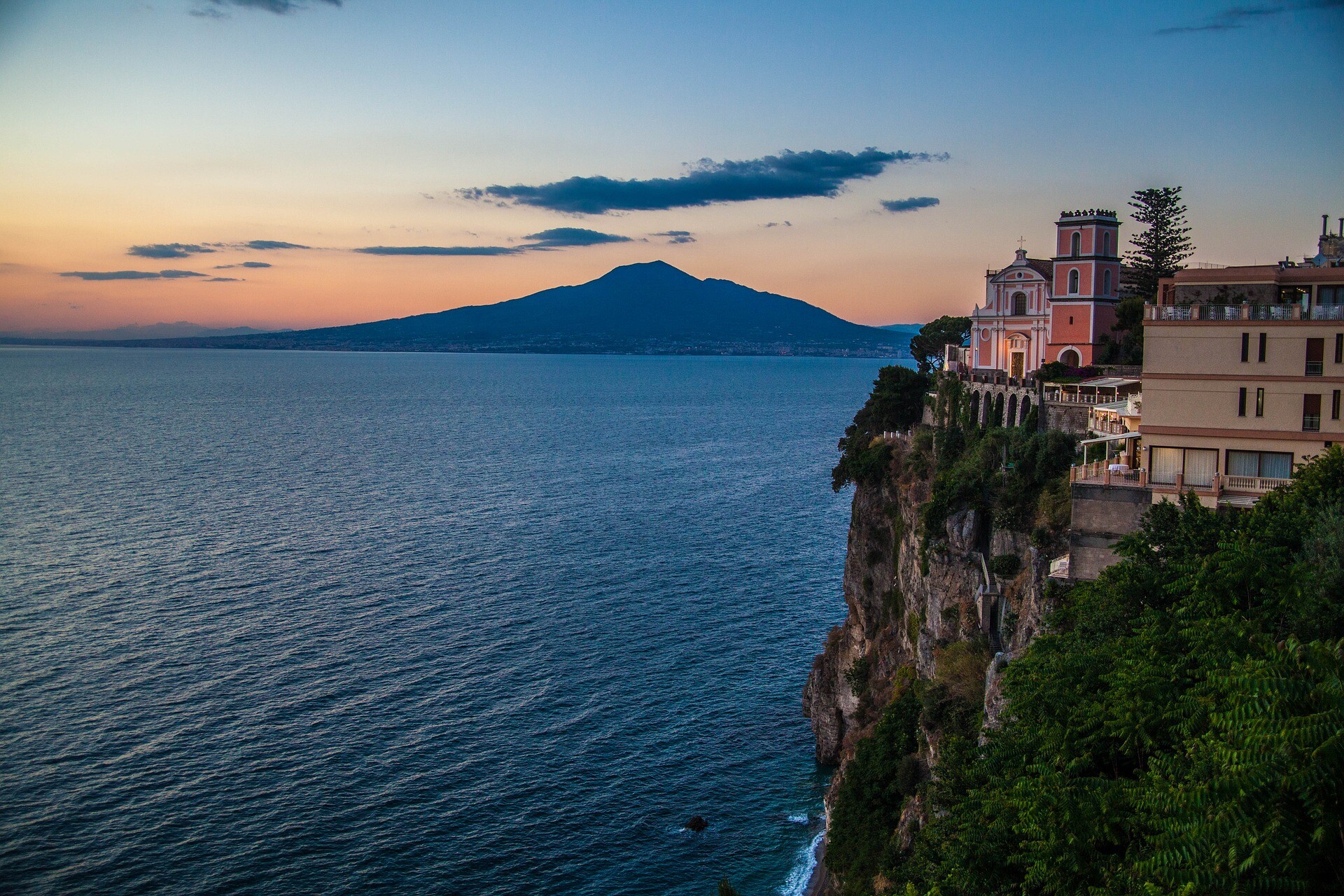Discover What Lies Beneath the Amalfi Coast and Sorrento
What could be better than exploring a slice of Italy and educating your students at the same time? Discover Sorrento and the Amalfi Coast in Italy, allowing your pupils to see first hand the natural beauty that resides in an area of Europe. Educating them along the way on what lies beneath the land, creating discovery opportunities in one of the most active volcanic regions on the European continent.
The area is not only renowned for its natural beauty (UNESCO have deemed it an outstanding example of Mediterranean landscape), but it’s got an explosive history too. Having been settled by humans since the early Middle Ages, discover coastal mountains that plunge into the sea along a coastline that spans nearly 45 miles.
Create an educational experience for your students that provides an opportunity to explore and understand the geographic landscape of this volcanic region; as a fundamentally important aspect to Geography studies, field work is an important aspect that should not be overlooked, and with Mount Vesuvius, Pompeii and an abundance of coastal mountains it’s the perfect place to take your students.
Mount Vesuvius
In the past 17,000 years there have been eight major eruptions at Mount Vesuvius; however, it is the eruption of 79 AD that remains its most famous. Ash, mud and rocks buried the cities of Pompeii and Herculaneum, the hot ash formed around the victims, enabling them to be preserved with amazing detail of their clothing and faces.
Let your students walk along the rim of mainland Europe’s only active volcano; its plate tectonic setting places it as part of the Campanian Volcanic Arc, a line of volcanos formed over a subduction zone created by the convergence of the African and Eurasian plates; this stretches the length of the Italian peninsula (it is also the source of other volcanoes including Mount Etna). It is estimated that 3 million people live in the shadows of this dormant volcano, which could be at risk of another eruption.

Pompeii and Herculaneum
The ancient sites of Pompeii and Herculaneum should be an important stop along the way on your geography study trip to Sorrento and The Amalfi Coast; not only do they offer up the chance for your students to understand the devastation of lava and pyroclastic flows from the previous eruptions from Mount Vesuvius. A visit to these historic cities offers a real learning experience that is unlike anything else, with unique real life hazard management case studies waiting to be explored.
Phlegrean Fields
The Campi Flegrei “burning fields”, this is a 13km wide nested Caledera, located under the western outskirts of the city of Naples, and under the Gulf of Pozzuoli. The fields contain many volcanic centres including cinder cones, tuff rings and cadeas that have previously been active during the past 30 – 40,000 years.
Path of Gods
The Path of Gods offers an undeniably beautiful hike with breath-taking views, it’s aptly named and offers unrivalled views and a real education into what has shaped The Amalfi Coastline.
Italy has such a mild climate, therefore it is the perfect place to visit all year round. Discovering what lies beneath Sorrento and The Amalfi Coast offers a great opportunity for your geography students; with key curriculum areas studied including plate tectonics, natural hazards, coastal and tourism management and more.

Photo gallery
Content available in other languages
Want to have your own Erasmus blog?
If you are experiencing living abroad, you're an avid traveller or want to promote the city where you live... create your own blog and share your adventures!
I want to create my Erasmus blog! →






























Comments (0 comments)